How to keep a shed warm — 6 thrifty ways to keep the chill off your garden buildings without a heater
Expert-approved tips for keeping your shed warm on a budget
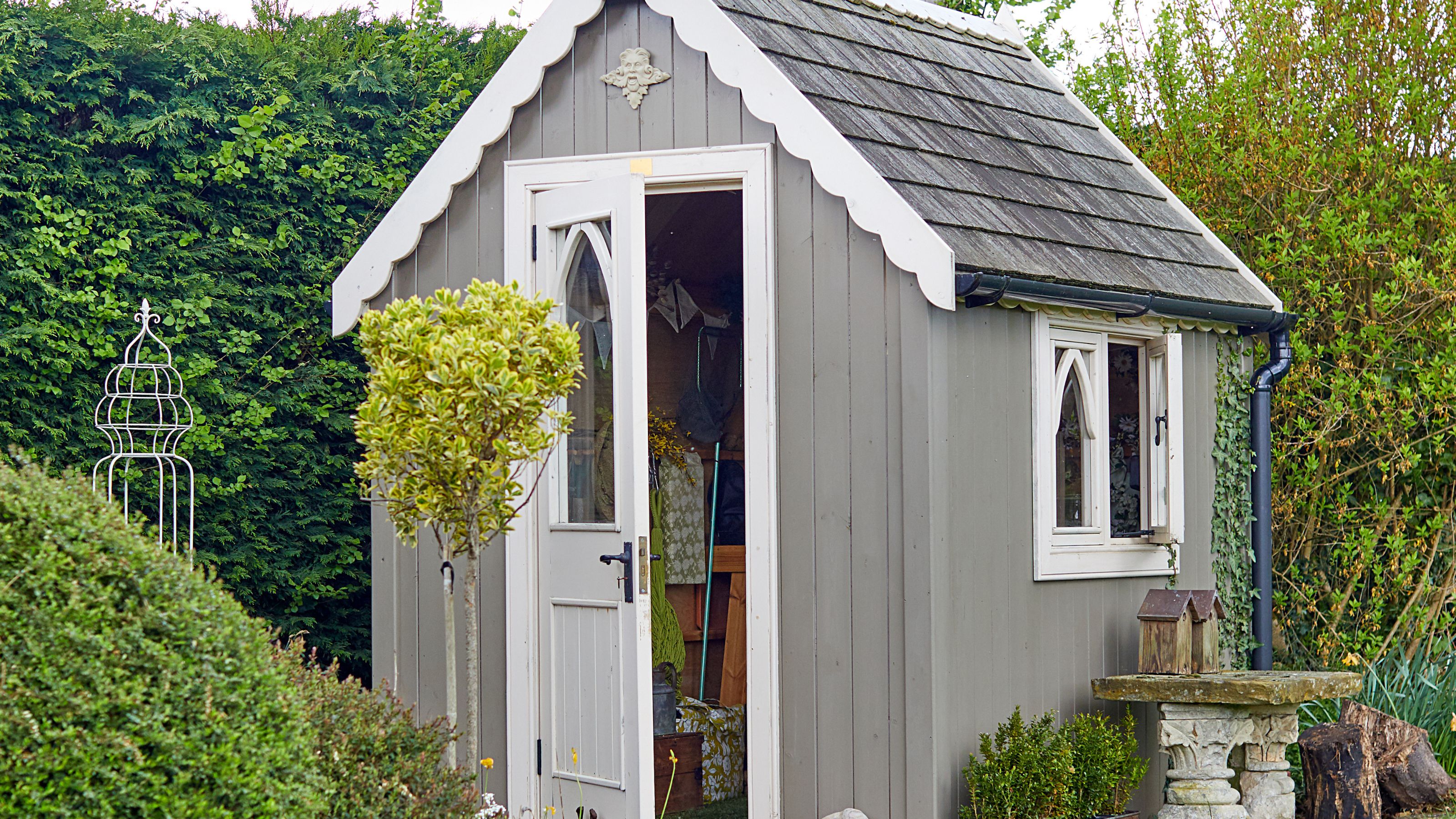

Sophie King
It's chilly outside, and if you don't own an outdoor heater, you might be wondering how to keep a shed warm in winter.
Learning how to insulate a shed is one of the most important steps in preparing your shed for winter, especially if you're planning on raising seedlings or allocating the space to overwintering plants.
'Even on small home projects, like improving your shed, thinking around Passivhaus (energy efficient) principles can be key to make your shed warmer and more comfortable in the winter months,' says John Small from Passivhaus home builders Ty Eco.
If you're eager to learn how to keep a shed warm this season, we've rounded up six expert-approved tips, from insulation methods to DIY solar heaters.

How to keep a shed warm
If you're wondering how to keep a shed warm but you're after budget garden ideas and don't want to invest in a heater, you'll be pleased to know that shed insulation tricks don't have to cost the earth.
‘Forget cranking up the heat!' says Sam Jenkinson, garden building expert at shed manufacturer, Tiger Sheds. 'Keeping your shed toasty in winter doesn't have to drain your wallet or the planet.'
These are the best ways to keep a shed warm that won't break the bank.
Get the Ideal Home Newsletter
Sign up to our newsletter for style and decor inspiration, house makeovers, project advice and more.

Sam Jenkinson has been at Tiger for over four years and has built up a vast knowledge and experience in all areas of the product. He is a keen gardener and self-proclaimed 'shed head'.
1. Insulate the floor
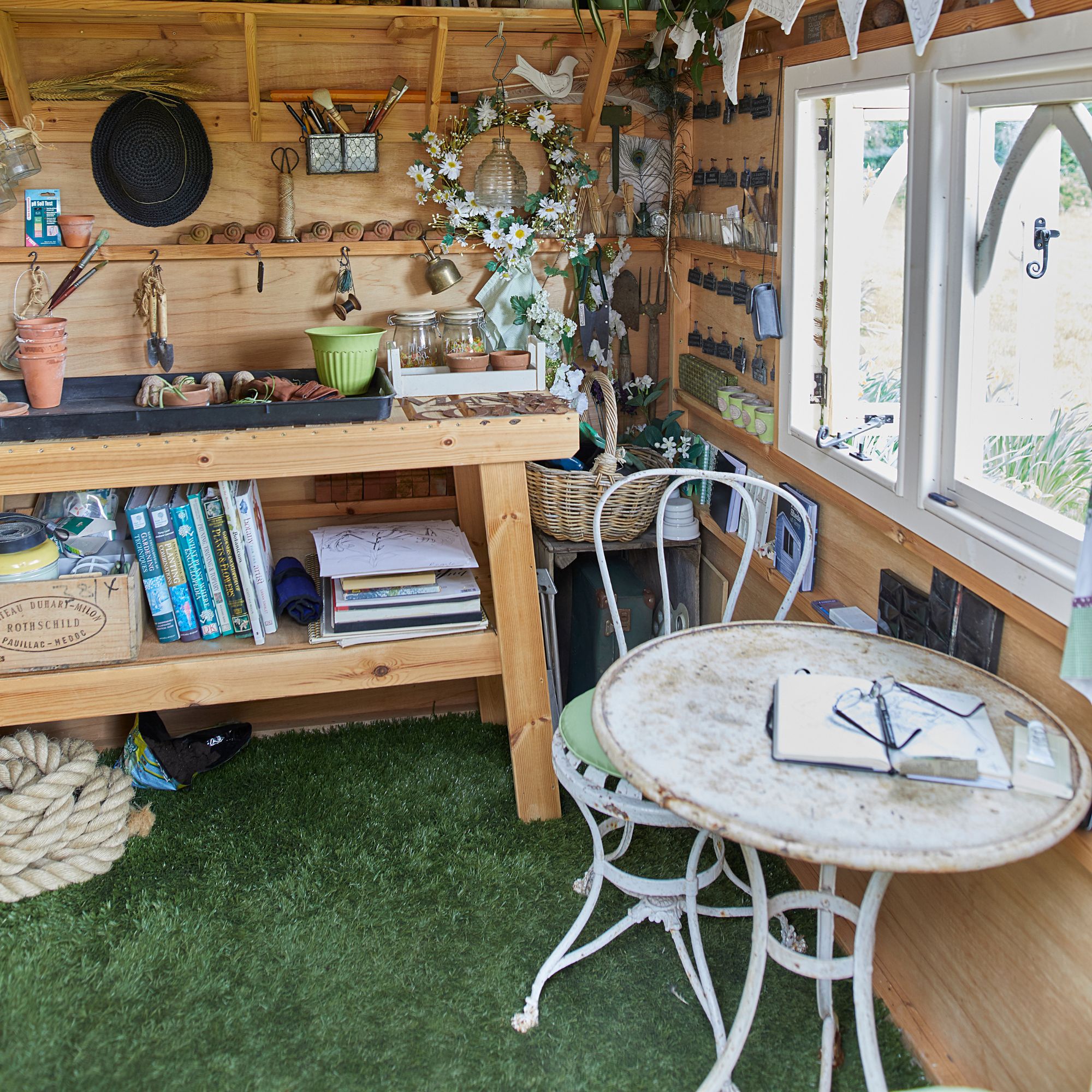
Similarly to insulating the home, keeping a shed warm in winter starts with the floor, where heat loss is rife.
‘Adding a layer to the floor stops cold air from seeping in and helps trap warmth inside your shed,' says Sam. 'Use old rugs, mats or carpet offcuts for a cosy, affordable solution, and consider adding foam panels underneath for extra insulation.'
You can buy heavy duty coir entrance matting in various lengths from Amazon. If you'd prefer something a little more snug, take a look at the Alexandrea Area Rug from Wayfair.
2. Insulate the walls
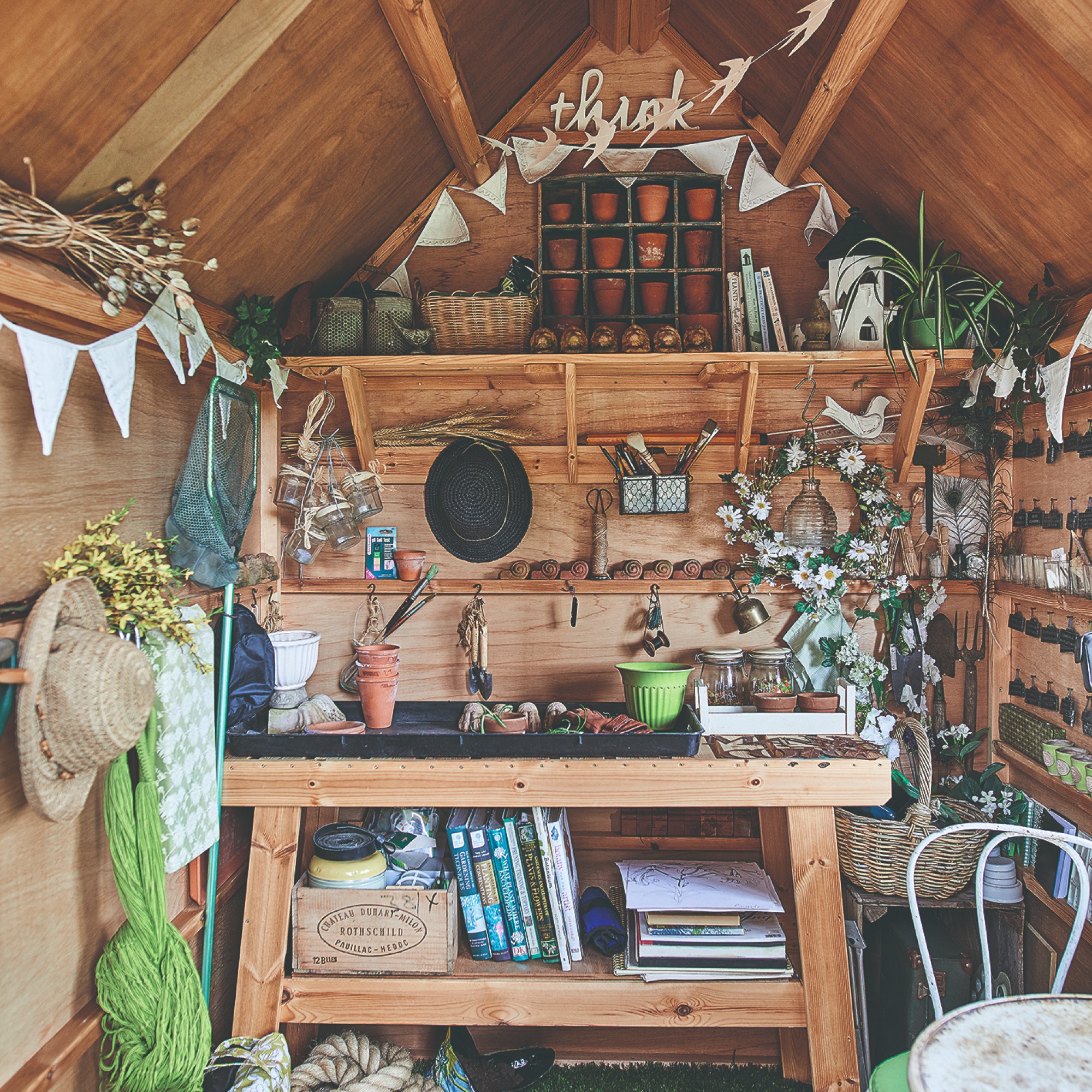
Next, you'll need to think about the best ways to insulate the walls of your shed.
'Use high-performance insulation materials like rigid foam boards or mineral wool for walls, and fiberglass insulation for the roof,' John from Ty Eco. 'Ensure your insulation is well-installed and of good quality to maximise heat retention.'
Amazon sells Dripex Double Aluminium Bubble Foil Insulation in various lengths, while B&Q offers Knauf Dritherm Glasswool 100mm Insulation Board in a pack of six.
You can also insulate your shed for free by layering up leftover cardboard.
'This makeshift insulator can be a surprisingly effective way to create thermal barriers if you’re on a very tight budget,' explains Sam from Tiger Sheds.
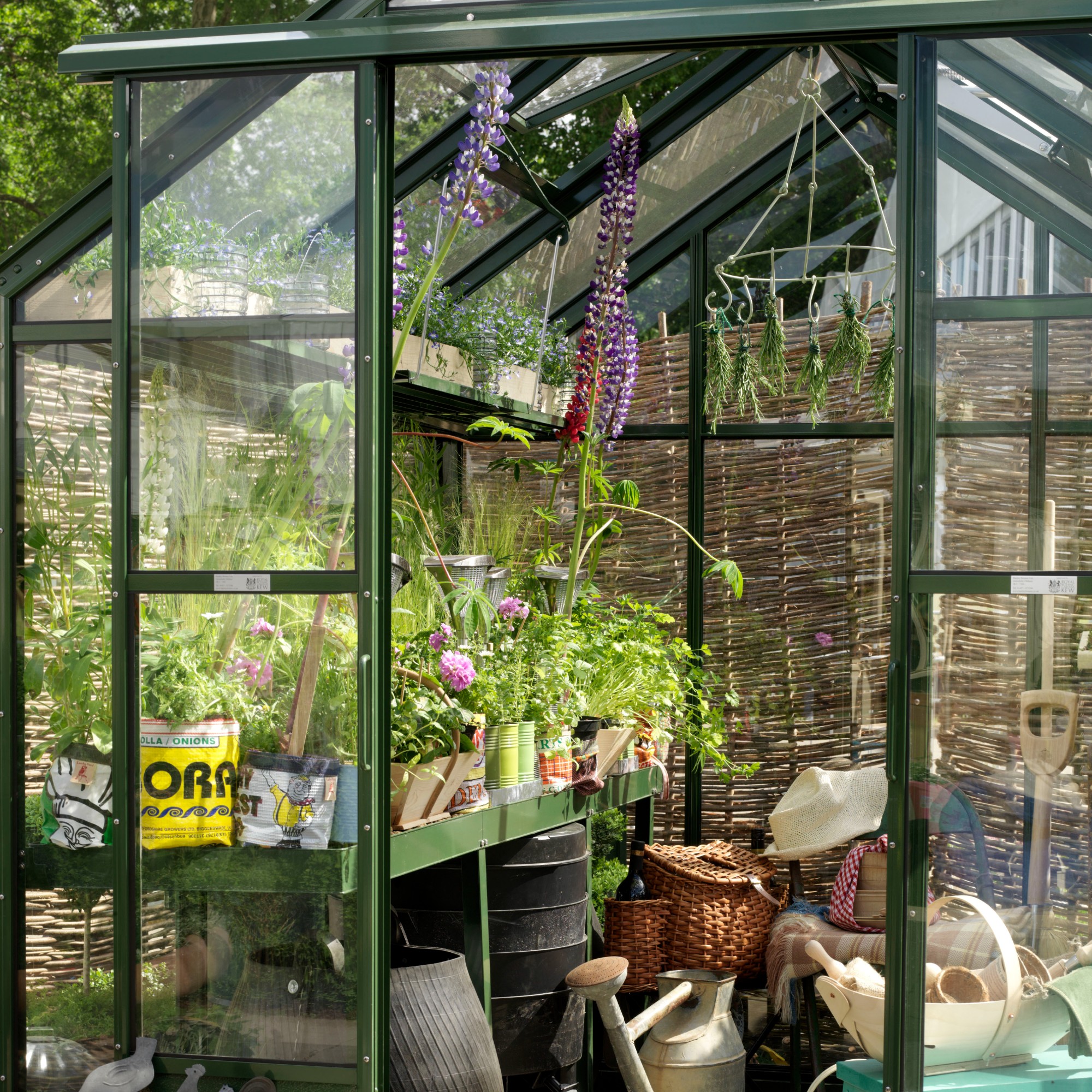
3. Seal gaps
Sealing any gaps is key for all shed or greenhouse ideas to ensure warm air stays in and the cold stays out.
‘Make sure the doors and windows are well-sealed to prevent heat loss,’ says Petar Ivanov, gardening expert at Fantastic Gardeners.
Sam adds, ‘Block drafts around windows, doors, and any cracks or gaps in the shed walls to prevent cold air from leaking in.’
You can seal gaps with Stormguard Extra Thick Self-Adhesive Polyvinyl Draught Excluder Foam from Amazon or Rapide Window, Frame & Door Acrylic Sealant for Wood, Aluminium, uPVC from Amazon.
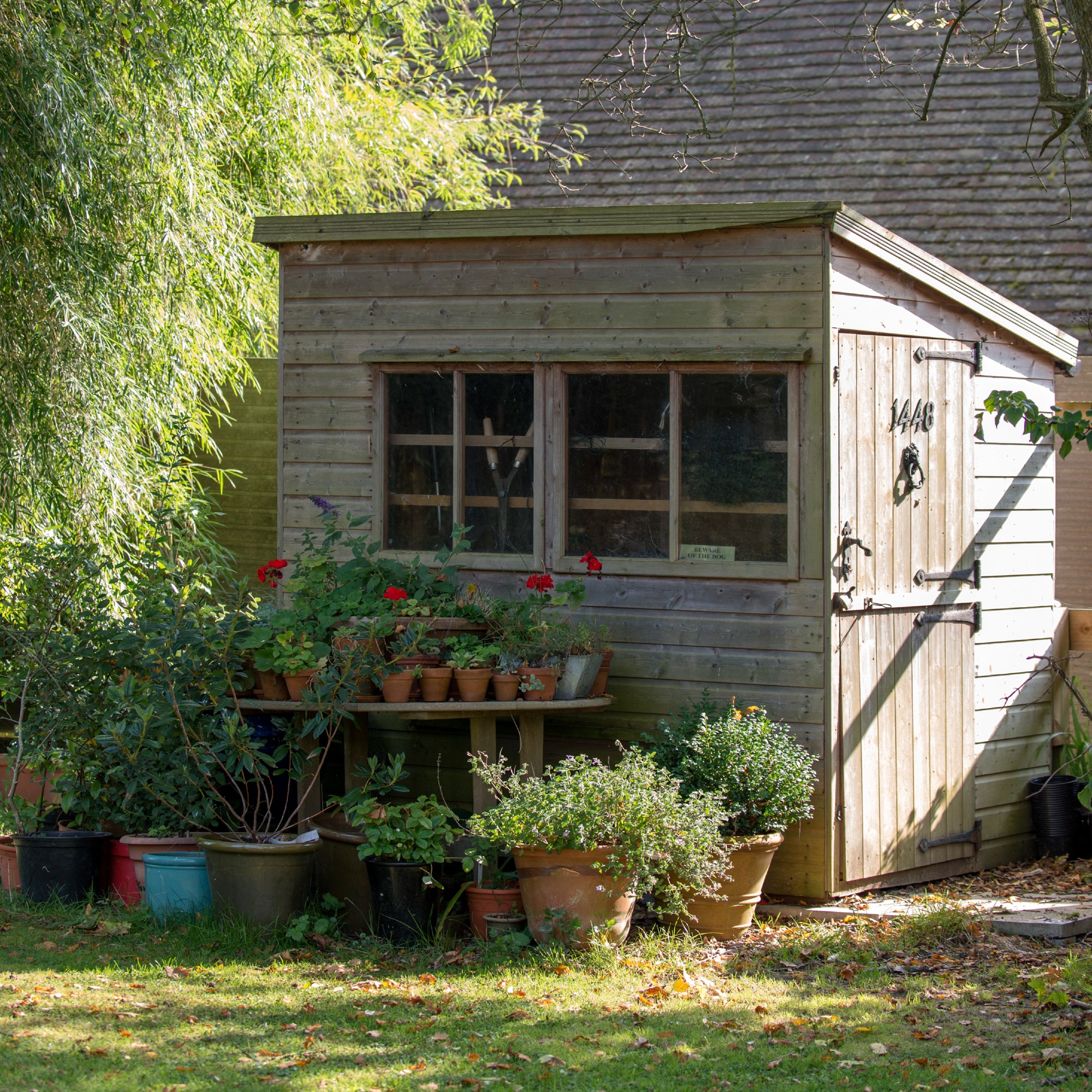

Petar Ivanov is one of the company's top-performing experts and manages over six teams of gardeners, delivering stunning landscape results and fostering a deep connection with nature through his work.
4. Utilise thermal mass
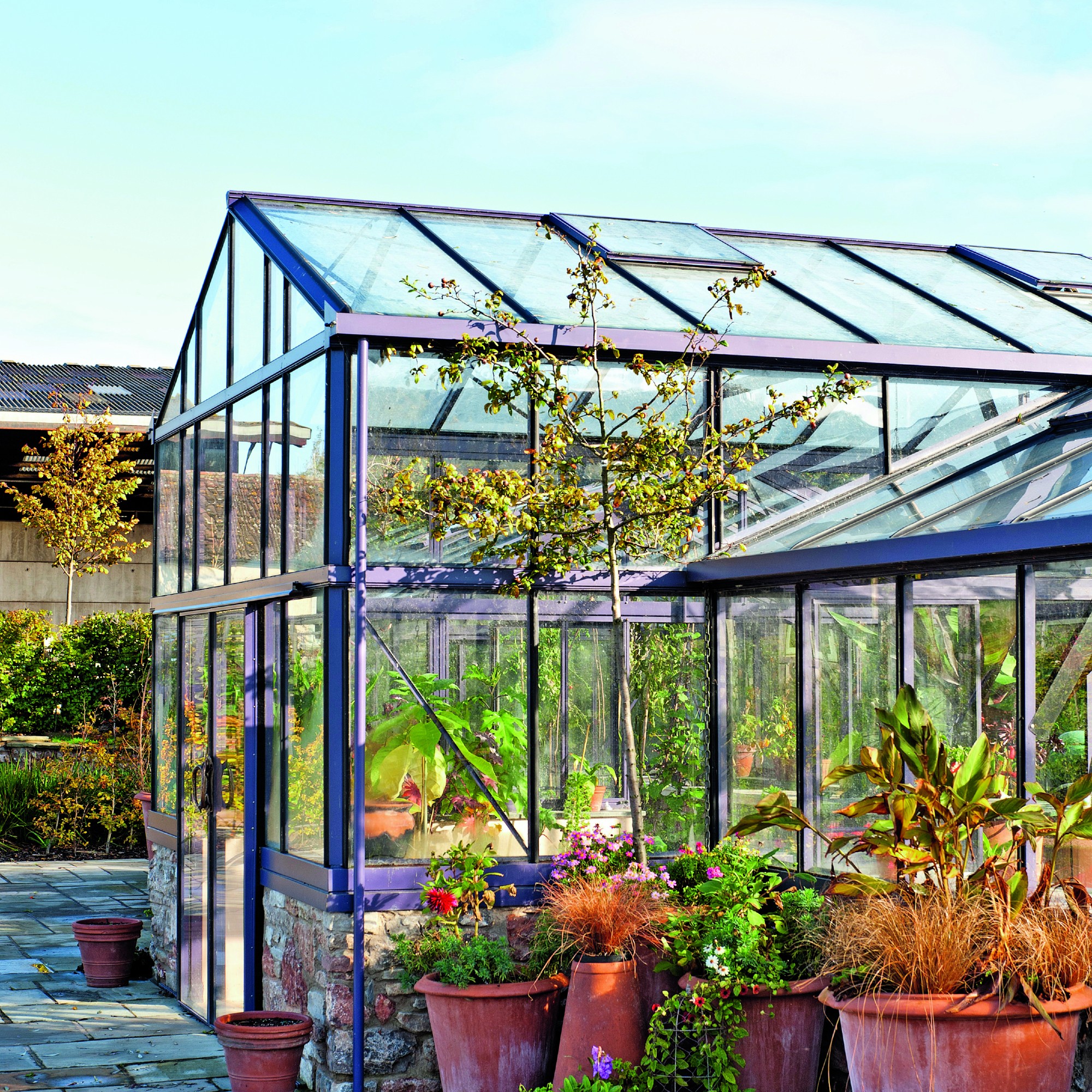
Place thermal mass, i.e. water-filled containers, inside your shed, as they'll absorb and radiate heat.
‘Install a thermal mass such as a water barrel or a large stone to absorb and store heat during the day and release it at night,’ explains Jack Sutcliffe, gardening expert and co-founder of Power Sheds.
If you're looking for a water butt, you can buy a simple Storm Trading Group 30 Litre Storage Barrel from Amazon, or a Large Water Butt Set from B&Q.
5. Implement compost heating
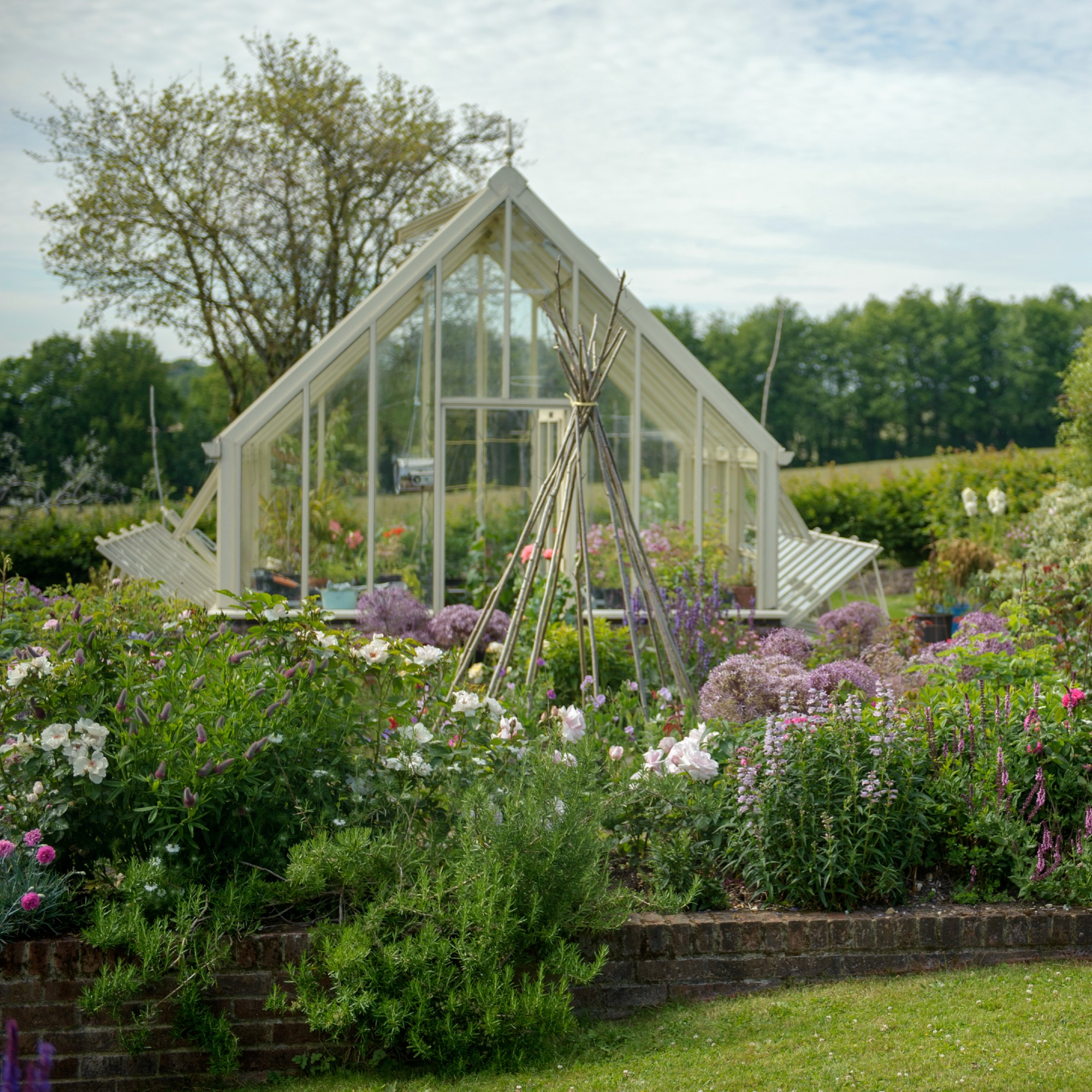
Why not make your waste do some extra work? It’s free, after all. Plus, learning how to make compost will provide your garden with all the nutrients it needs to thrive.
‘Decomposing organic matter generates heat, and you can benefit from this by placing a compost bin inside,’ says Petar.
You can buy affordable compost bins from Amazon like the Simpa 125 Litre Galvanised Metal Composter Bin.
6. Craft a DIY solar window heater
If you’re looking to get crafty, a solar window heater is a pretty easy DIY project that could help you harvest the heat of the sun to warm up your shed or greenhouse.
‘Embrace the sun's power!' says Sam from Tiger Sheds. 'Build a DIY solar window heater with black-painted beer cans, plywood, and an old window.
'It's like magic: the cans soak up solar rays and release the warmth into your shed. It's green, potentially free, and a fun upcycling idea for the garden for the crafty, but remember, its effectiveness can vary,’ Sam says.
FAQs
Should you insulate an unheated shed?
Shed expert Sam from Tiger Sheds thinks everyone should know how to keep a shed warm in winter or, at the very least, insulate it. Not only can it protect your belongings, but it can also help tackle dampness.
'Uninsulated sheds are prone to moisture build-up, which can lead to mould, mildew, and structural damage,' Sam explains. 'Insulating the walls, roof, and floor helps to keep the shed interior dry by acting as a barrier between the cold outdoor air and any warmer, slightly humid indoor air.
'This protects not only the items stored inside but also the shed’s structural integrity, preventing rot and extending its lifespan.'
How can I insulate my shed cheaply?
If you're on a budget, there are plenty of ways you can insulate your shed. Repurposing bubble wrap is a low-cost option (you can also protect plants from frost with bubble wrap, too, with the right know-how), but you can also use leftover boxes, as Sam mentioned, to layer up the walls of your shed.
Reflective foil is another cheap option. 'Reflective foil can retail from as low as £3.99,' Sam says. 'Once stapled to the walls and roof of your garden building, it can lock in warmth, as it bounces heat back into a space rather than letting it escape through walls.'
Here’s to a warmer shed (or greenhouse) to keep your tools and plants nice and toasty!

Sara Hesikova has been a Content Editor at Ideal Home since June 2024, starting at the title as a News Writer in July 2023. She is now also the Ideal Home Certified Expert in Training on Furniture, and so far has tested 80 different sofas.
Graduating from London College of Fashion with a bachelor’s degree in fashion journalism in 2016, she got her start in niche fashion and lifestyle magazines like Glass and Alvar as a writer and editor before making the leap into interiors, working with the likes of 91 Magazine and copywriting for luxury bed linen brand Yves Delorme among others.
- Sophie KingGardens Editor
You must confirm your public display name before commenting
Please logout and then login again, you will then be prompted to enter your display name.
-
 Overcoming limited space and doing away with an awkward layout, this couple created a family kitchen filled with elegant touches
Overcoming limited space and doing away with an awkward layout, this couple created a family kitchen filled with elegant touchesThe symmetrical layout is full of luxurious details
By Holly Reaney
-
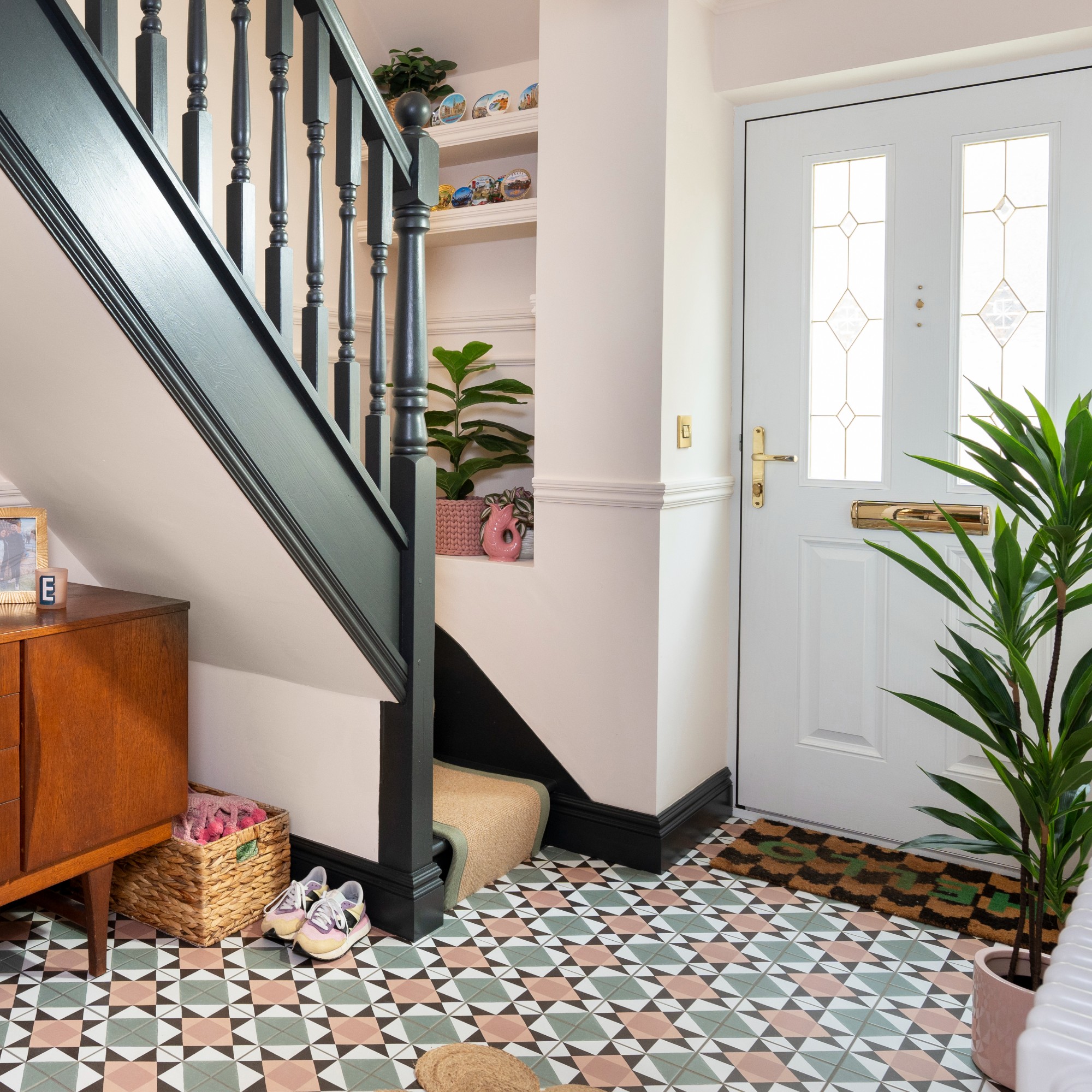 Should your doormat go inside or outside the front door? According to experts I've been getting it wrong for years
Should your doormat go inside or outside the front door? According to experts I've been getting it wrong for yearsExperts reveal the best spot for a a doormat based on your preferences and where you live
By Sara Hesikova
-
 How much to spend on a lawn mower – the ideal price range for small, medium and large gardens
How much to spend on a lawn mower – the ideal price range for small, medium and large gardensI checked in with home improvement experts to find out
By Sophie King